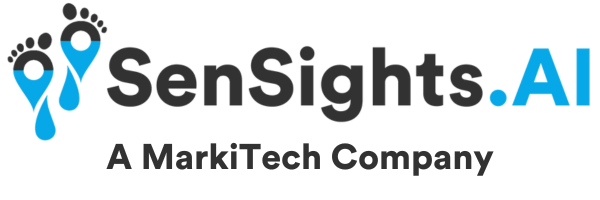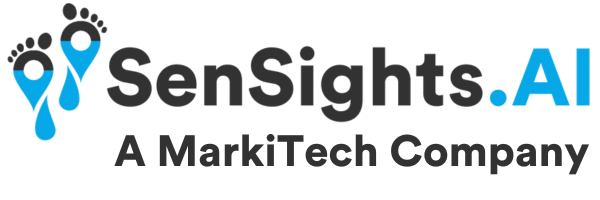Image Credit: Canva
Remote patient monitoring (RPM) has grown in popularity in recent years as a means of improving patient outcomes, lowering healthcare costs, and providing more convenient treatment. Nonetheless, despite its various advantages, there are several misconceptions regarding RPM that may deter individuals from using it. In this essay, we will explore seven prevalent misunderstandings concerning remote patient monitoring and dispel them.
RPM is only for the elderly or those suffering from chronic illnesses.
RPM is frequently misunderstood as being just for the elderly or those suffering from chronic diseases. While RPM is especially beneficial to these individuals, it can also assist anyone who requires frequent monitoring or needs to track their health data. RPM can be used to track the health of pregnant women, for example, or to monitor patients recovering from surgery.
RPM is too costly.
Another widespread misperception regarding RPM is that it is prohibitively expensive. While there may be some initial expenditures associated with installing RPM technology, it can potentially result in long-term cost benefits. RPM can assist to cut healthcare expenditures and increase overall healthcare efficiency by lowering hospital readmissions and emergency department visits.
RPM is difficult to use.
Some people may be wary about using RPM because they believe it will be difficult to use. Most RPM gadgets, on the other hand, are designed to be user-friendly and simple to use, even for those who are not extremely tech-savvy. Furthermore, many healthcare providers provide support and training to help patients and carers become acquainted with RPM technology.
RPM is not as effective as in-person care.
While there is no replacement for in-person therapy in some cases, RPM can be just as helpful in others. Indeed, some research has suggested that RPM can improve patient outcomes, particularly for people with chronic diseases. RPM can assist to prevent issues and enhance overall health by allowing individuals to monitor their health data and receive prompt interventions.
RPM is not secure.
When adopting RPM technology, some people may be concerned about the security of their health data. Most RPM devices, on the other hand, are designed with privacy and security in mind. Healthcare providers must follow HIPAA standards and take precautions to protect patient data. Patients can also protect their personal data by using strong passwords and adhering to other online security best practices.
RPM can only be used to monitor vital signs.
While RPM can be used to track vital signs like blood pressure and heart rate, it can also be used to track other health data including glucose levels, medication adherence, and sleep patterns. RPM can assist healthcare providers in making more educated treatment decisions by offering a more holistic picture of a patient’s health.
RPM is a substitute for in-person care.
While remote patient monitoring and care might be beneficial, it is not a substitute for in-person care in all instances. Certain types of care, such as diagnostic testing or procedures, may still necessitate patients visiting their healthcare practitioners in person. RPM, on the other hand, can be utilized in tandem with in-person treatment to give a more comprehensive and convenient care experience.
Finally, remote patient monitoring is a helpful tool for improving patient outcomes, lowering healthcare expenditures, and providing more convenient care. However, there are still some misconceptions regarding RPM that may deter individuals from using it. Patients and healthcare providers can make informed judgements about incorporating RPM into their care plans if they grasp the truth behind these myths.
SenSights Software
SenSights is a Remote Patient Monitoring and Ageing Solution that aids seniors and healthcare facilities that work with elders who have chronic disorders such as dementia, Alzheimer’s, high blood pressure, falls, COPD, long COVID, and others.
The solution assists at-risk providers, skilled nursing facilities, long-term living communities, home health care providers, and other senior care entities in increasing their capacity by supplementing physical visits with virtual care, preventing wandering and fall episodes, and providing proactive monitoring, risk profiles, and smart alerts via our SenSights Care app.
Clear MD is one of our innovative technologies that helps doctors and patients by summarizing conversations and giving thorough notes and reports. This saves doctors time and effort, allowing them to free up resources and provide a greater level of treatment.
Contact us HERE to learn more about SenSight.Ai and Clear MD!


